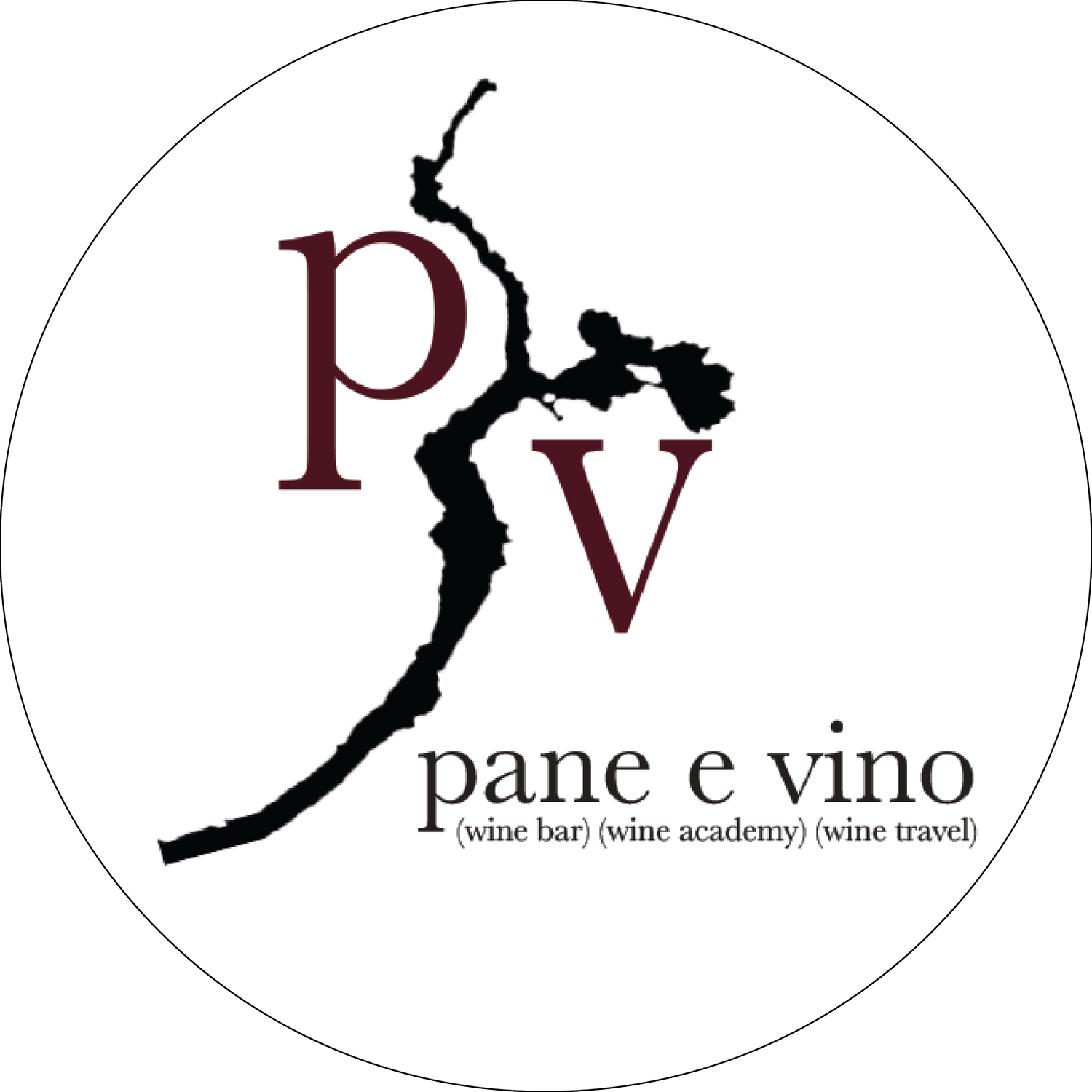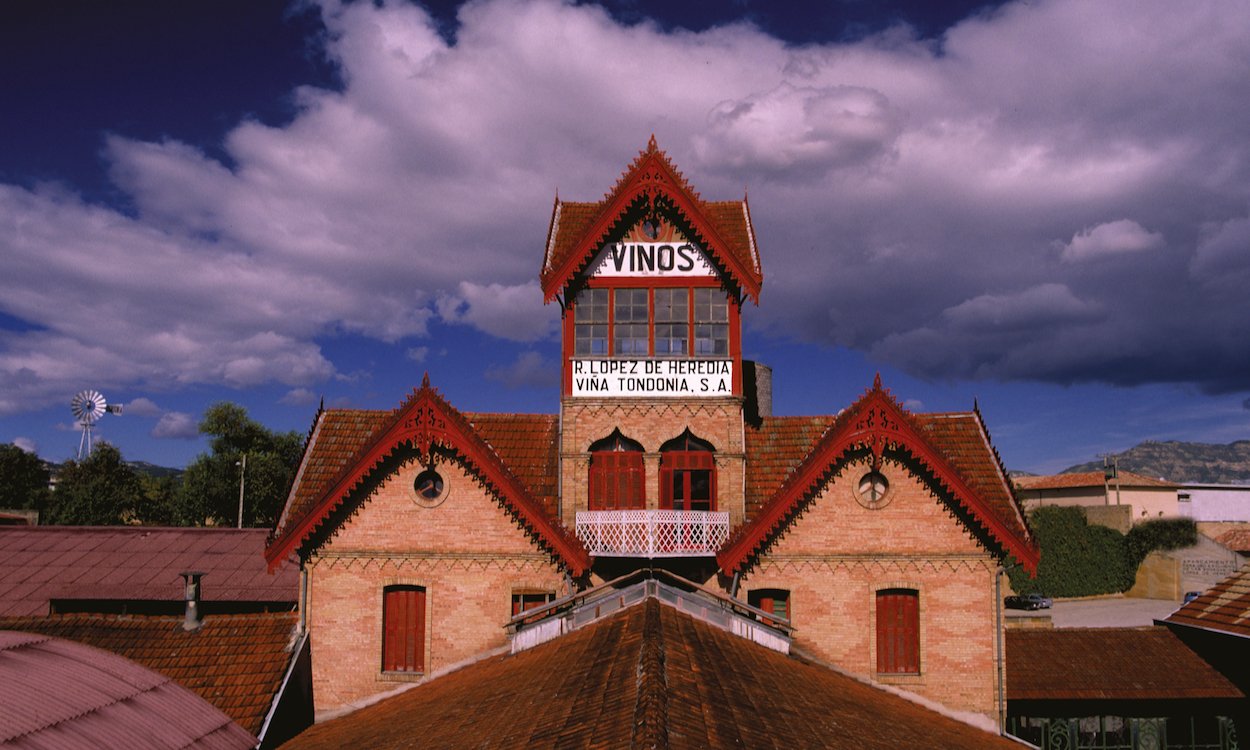March Wine Club
WINES
2011 Lopez de Heredia, Viña Tondonia, Reserva, La Rioja, Spain
2021 Clos du Val, Cabernet Sauvignon, Napa Valley, California
2020 Château Pégau, ‘Cuvée Maclura’, Côtes-du-Rhône, France
LOPEZ DE HEREDIA
2011 Viña Tondonia, Reserva, La Rioja, Spain
Tempranillo (70%) – Garnacho (20%) – Graciano/Mazuelo (10%)
Over the past 3 months, we have offered the full range of wines from Lopez de Heredia, featuring their 2014 'Cubillo' Crianza, 2011 'Bosconia' Reserva, and finally their prestige wine, the 2011 'Viña Tondonia'. For over 145 years, this estate has been a benchmark in La Rioja and the wine is now made by Maria Lopez de Heredia, the great-great-grandaughter of the estate's founder. All of the wines here are magical and absolutely traditional. Fermentation is done in 140+ year old wood vats, and aging takes place for extended periods of time in American oak barrels which are made in the estate's own cooperage. The 'Viña Tondonia' is their prestigious single vineyard located at a bend in the Ebro river just on the edge of Haro, the center for wine production in La Rioja and a few hundred meters from the estate itself. The soil here is a mix of alluvial sand and limestone with lots of poplar trees, dotted with square plots of vines growing as 'gobelets' (individual plants/bushes rather than vines tied to a trellis system).
The Tondonia vineyard is the source for all of the fruit for the estate's top wines, including the rare Gran Reservas which have only been produced 20 times in 140 years, despite the estate's aging regimen that technically makes all of their wines Gran Reservas. The general rule for a Gran Reserva wine in La Rioja is that it much undergo at least 5 years of total aging, with a minimum of 2 years in oak. The standard is 3 years in oak and 2 years of bottle aging. Following the fermentation in the oak vats on wild/native yeasts, ‘Viña Tondonia’ ages for an incredible 6 years in American oak barrels allowing for a slow oxidative process to develop an incredible depth of flavor and aroma in the wine, plus additional time in bottle in the estate’s cellars. Each year, the wine is racked twice meaning it is moved from one barrel to another, and there is traditional fining done using egg whites that help to bind large particles that can be easily filtered out. This aging protocol is remarkable and is one of the things that contributes to the very long life and ageability of the ‘Viña Tondonia’. As a point of reference, the Gran Reserva when it is made, ages for 10 years in oak barrels and might stay at the estate for another 5 or 10 before release! The 2011 vintage is the CURRENT release for the Tondonia Reserva.
I adore this wine for its depth and incredible warmth. It always feels special to enjoy it with friends, whether sipping alone or with some grilled/smoked meat, charcuterie, or aged cheese. I recently had the opportunity to share a bottle of 1991 Tondonia Reserva around a fire pit with a cigar (a very rare thing for me) and new friends and it was nothing short of extraordinary.
Like all red wines from La Rioja, the primary grape here is Tempranillo blended and supported by the other primary red grapes of the region Garnacha, Mazuelo, and Graciano. Tempranillo is famous for its red fruit profile and outstanding acidity and tannic structure. The aging in American oak lends these wines hallmark aromas of coconut and dill that bring a fantastic roundness to the other sweet spices that come from the extended aging. You will not find the powerful vanilla notes here as the barrels are all well-used. Instead, the wines fruit profile turns more to dried and dessicated instead of ripe and we note a pronounced sense of earthiness, dried flowers, smoke, tobacco, leather, and game qualities. This is definitely a wine for meditation that can be perfectly enjoyed today or held for 30 years in good conditions. I encourage you to take an opportunity and purchase extra bottles to keep in the cellar. Enjoy one now, and taste others as the wine continues to develop. You will not be disappointed!
Serve just above cellar temperature 58º-62ºF
Drink: will drink beautifully right now but will continue to age for at least 30 years.
Food pairings: see above
CLOS DU VAL
2021 Cabernet Sauvignon, Napa Valley, California
Cabernet Sauvignon with small amounts of Merlot, Cabernet Franc, Petit Verdot, Malbec
One of the most historic estates in Napa Vally, Clos du Val produces classically-styled Cabernet Sauvignon in the Stags Leap District. Founded in 1972, the estate was founded, and the inaugural 1972 vintage was among the 6 California red wines selected for the famous 'Judgment of Paris' Blind Tasting held in 1976. This benchmark wine sets a standard against which other Cabernet Sauvignons continue to be measured. The wine is an expression of the French influences here, featuring Cabernet Sauvignon blended with small percentages of Merlot, Cabernet Franc, Petit Verdot, and Malbec. Aged for 16 months in a mix of new and neutral French oak, the wine exemplifies what I consider 'classic' Napa Valley style: ripe black fruit along with notes of plum and blueberries; freshness and acidity alongside the firm tannins rather than just jamminess; touches of cedar, baking spice, and savory herbs. I love this producer and think these wines are delicious now, but will continue to improve for a few years and drink beautifully for at least a decade.
Serve at 60º-65º F
Can drink now but best after 2024. Hold 10-20 years.
Food Pairing: Big wines call for big food. Steak, juicy burgers, grilled vegetables. This wine can also go with slightly leaner meats like pork chops or rack of lamb.
CHÂTEAU PÉGAU
2020 ‘Cuvée Maclura’, Côtes-du-Rhône, France
Grenache (60%) / Syrah (20%) / Mourvedre (10%) / Cinsault (10%)
Château Pégau and Domaine du Pégau produce some of the most storied wines in France's Southern Rhône Valley. This region is the home of some the world's finest Grenache, primarily used in the famous GSM (Grenache-Syrah-Mourvèdre) Blends of the Côtes-du-Rhône and the mighty Châteauneuf-du-Pape. The estate is operated by Laurence Ferrand, the daughter of the founder. Wines are all organic and made with a special care and attention. The purchase of Château Pégau was recent (2012) and it is there that they produce their Côtes-du-Rhône and Rosé wines. The Domaine du Pégau, where the Châteauneuf is made, is like walking into your neighbors home-brew operation in the garage. The caveau is located on a side street in the town of Châteauneuf-du-Pape, and when I visited in 2011, an old Frenchman in a white tank top met us, smoking a cigarette. We then enjoyed a tasting of some truly astonishing wines, and the domaine has been one of my favorites ever since. While the estates premiere wines are the three profound Châteauneuf-du-Pape cuvées (2 of which are on the menu here), their Côtes-du-Rhône are among the best everyday wines of the region. The 'Cuvée Maclura' is a blend of Grenache (60%), Syrah (20%), Mourvèdre (10%), and Cinsault (10%). It has a very generous nose and the ripeness of the fruit is evident immediately. Aromas of cassis and licorice are met on the palate by smooth tannins. The wine is fresh with a bright 'aliveness' and is fermented on natural yeasts, entirely whole-cluster, and aged for one year in a neutral tank rather than oak.
Serve at 60ºF.
Drink: Drink now - will hold for 3-5 years
Food pairings: bacon, grilled meats, creamy cheeses, barbecue



























